When it comes to rooftop tents, there’s always a compromise. Space vs. size, comfort vs. clearance, or convenience vs. durability. But every now and then, something comes along that doesn’t feel like a compromise at all. Enter the Bushwakka Flipside 19, the larger sibling to their Flipside 15. This Aussie-designed clamshell-style rooftop tent is aimed at anyone chasing extra room up top, who doesn’t want to lug around 100+ kilos of tent filling their whole roof rack.
At $3,850 AUD, it’s definitely not the cheapest option on the market, but after spending a few weeks with it now, I reckon it’s punching well above its price point. Especially for couples or small families who need a bit of headroom (literally and figuratively) in their camping setup.
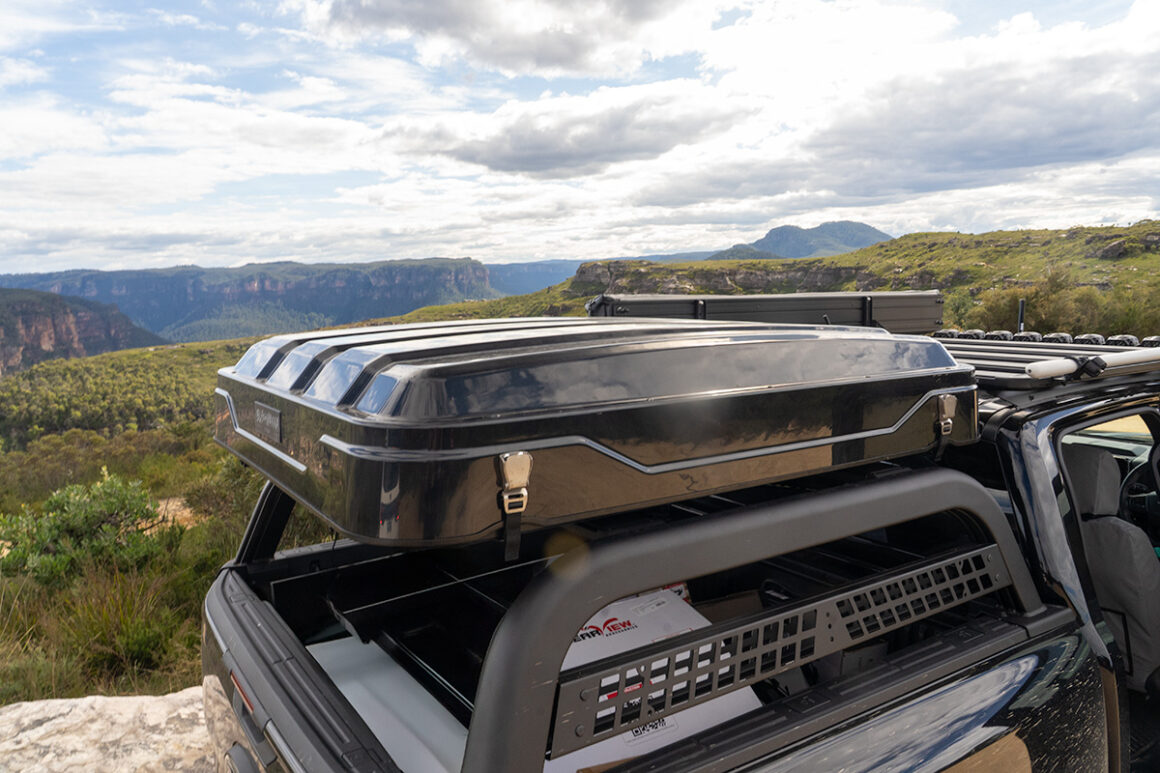
Low-Profile, High Functionality
One of the first things that stood out when we installed the Flipside 19 was how well it sits on a vehicle, especially when paired with an ARB Bed Rack. Despite the size (220cm x 190cm when open), the tent packs down to just 32.5cm in height, which meant it actually sat lower than our awning and only just nudged above the main roof rack. Pop the awning off and, unless you’re driving a monster truck, you’re still going to slide under most underground carparks. That’s a massive win for anyone using their rig as a daily who may need to duck into an underground carpark or under a carport.
So many hardshell tents tower well above the roofline, and it makes clearance a constant issue. Not here.
Room To Move
With a three-person capacity and sleeping dimensions of 206cm x 173cm, it’s genuinely roomy inside. Not just in width, but in height too. The 115cm internal headroom means you’re not doing that awkward elbow-into-the-roof crawl around your partner to get to the exit in the middle of the night. And thanks to a smart design, there’s room for a couple of basic pillows and bedding to be left inside when you pack down.
The quilted mattress is softer and more forgiving than the cheap foam you find in a lot of budget RTTs. It’s a two-layer setup: 3.5cm sponge on top, with a 0.5cm condensation mat underneath.

Internal Fit-Out & Features
Bushwakka has a reputation for building quality gear that carries through inside the Flipside 19. The finishing is surprisingly premium, with proper YKK zippers, well-stitched seams, and a canvas that feels rugged without being stiff or plastic-y.
Storage is sorted too, with internal pouches for phones and keys, a waterproof shoe bag hanging below the ladder, and multiple windows and vents, including a neat skylight, which might sound gimmicky until you lie back in the middle of nowhere and watch the stars flicker through it.
Ventilation has clearly been thought through. Hidden mesh vents on the sides allow airflow even when everything’s zipped up, and we’ve had no issues with condensation.
Lighting & Power: Modern Touring Must-Haves
Here’s something that really stood out: integrated LED light strips, both internal and external, that run straight off a USB battery bank. No need to hardwire it into your canopy system. You could run it off anything with a USB-A outlet, although Bushwakka do make their 20000 mAh battery bank that suits.
For those wanting simplicity or who haven’t wired in a 12V system yet this is a massive plus. It’s little features like this that make the Flipside 19 feel really usable out of the box, even for first-timers or the solo traveller building their rig up one bit at a time.
Setup & Packup: Legitimately Fast
Bushwakka claim the tent opens in about 30 seconds, and I’m not here to argue. With gas struts and a smart clamshell hinge design, it basically opens itself. You’re not wrestling with poles or canvas just pop a latch, give it a nudge, and it’s up. Even the awnings over the windows spring into place without any extra effort. Packing it down takes a little longer if you’re fussy about the tuck-in, but it’s on par with any hard-shell tent, and significantly faster than soft-floater designs. Factor in that it can fit on a bed rack so you’re not scrambling to roof height and it’s a seriously easy design.
The included aluminium telescopic ladder is solid too — rated to 150kg, with wide enough rungs that you’re not carving your feet up after a swim or barefoot stumble for a midnight loo trip. It took us a little figuring out on how to set it up perfectly every time but once it was sorted it was sorted.
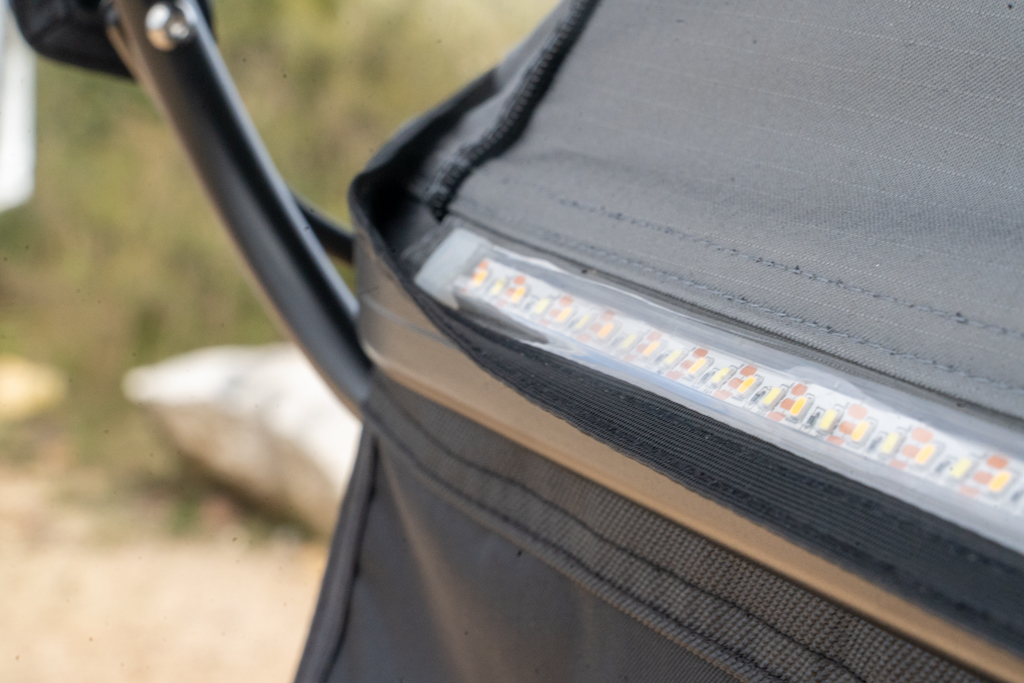
Where It Might Come Unstuck
There’s one real design quirk worth flagging. While the ABS shell is tough (Bushwakka even list UV standards for the shell testing), the top clamshell doesn’t seal directly around the full edge of the base. On the plus side, this gap could allow moisture from damp bedding to escape and stop mildew if you pack up while things are still drying. But it also raises the question of dust ingress.
We haven’t done a full desert crossing with it yet, but we’ll be keeping an eye on whether fine bull dust makes its way in after a few hundred kays on corrugated tracks.
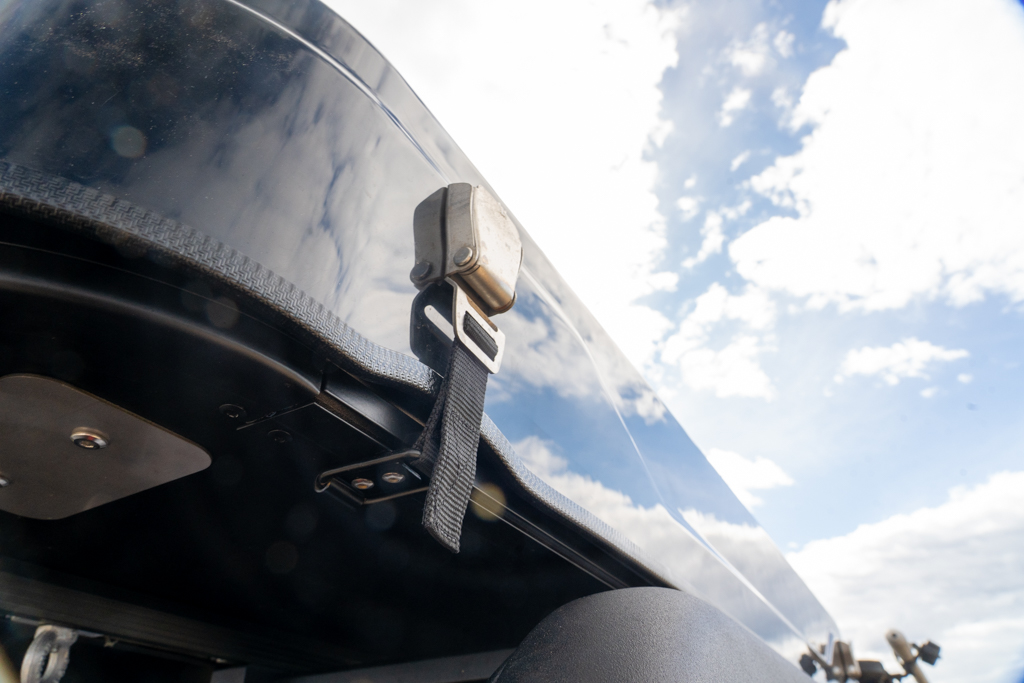
Tech Specs That Matter
- 600D polycotton canvas with 5000mm waterproof rating and UV50+ resistance
- ABS hard shell with proven long-term UV durability
- Aluminium honeycomb base plate for a stiff floor
- 300kg tent load capacity
- 25kg top load capacity (with optional roof rails)
That 25kg capacity is useful if you want to run some low-profile solar or soft luggage on top, but keep in mind this batch doesn’t include the rails — so it’s more of a future upgrade for now.
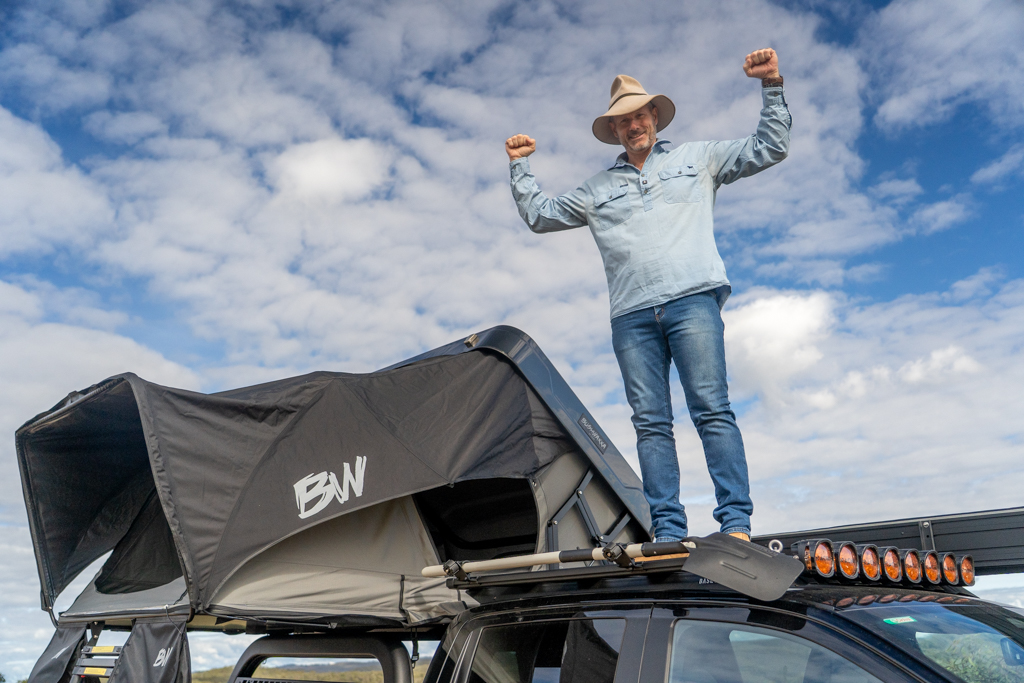
The Verdict
If you’re chasing a rooftop tent that balances real-world touring needs with solid materials and design, the Bushwakka Flipside 19 is well worth the look. You’re getting:
- Genuine interior space without skyscraper-level height
- Fast setup and pack-down with a gas-strut system that works
- Durable materials and thoughtful touches, like USB lighting and condensation control
- Great airflow and liveability — especially that skylight and multiple windows
The only real mark against it so far is the potential for dust ingress due to the unsealed shell edge. But even that might prove to be more theory than problem once it’s been through the wringer.
At just under four grand, it’s not the cheapest option in the segment, but for anyone who’s grown tired of crawling into claustrophobic canvas cubes, or needing to check low bridge heights just to bring a tent out bush, this is a tent that feels made for the kind of remote travel Aussies actually do without too many compromises day to day.










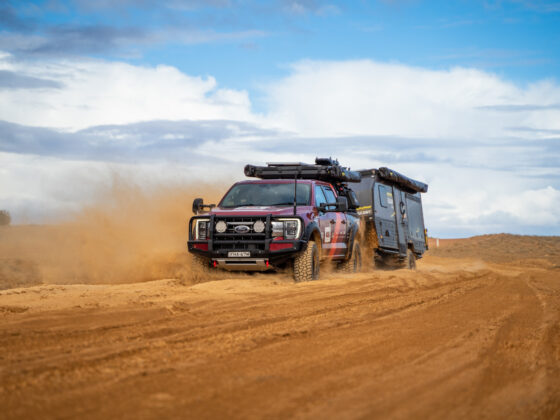
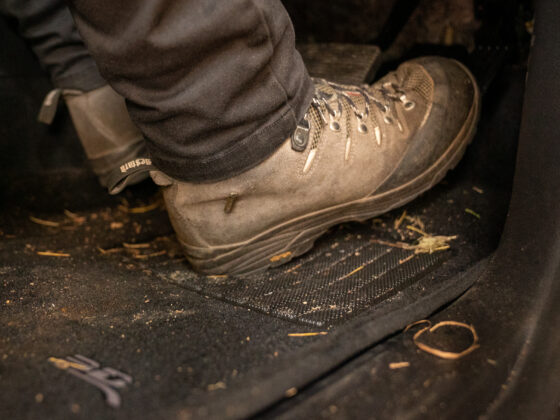
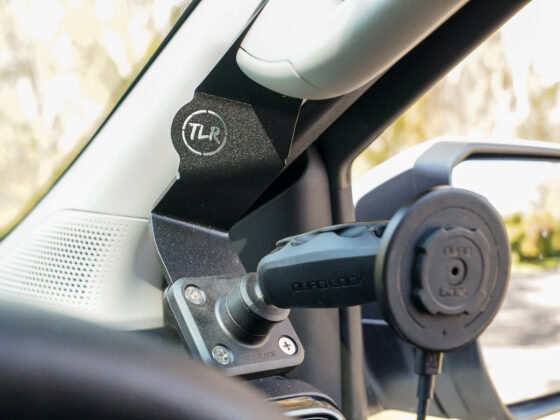

2 comments
How are the ARB Bed Rails? Do many fold just go with an uncovered tub or is there a cover that fits around?
Great review! The low-profile design and quick setup are awesome, especially for tight spaces. The skylight and LED lights are a nice touch too. Definitely considering this for my next trip.
For those looking to add an awning, check out our guide on installing a 270 awning.
https://au.openroad4wd.com/pages/4wd-awning-off-road-gear-installation-tips-openroad-blog